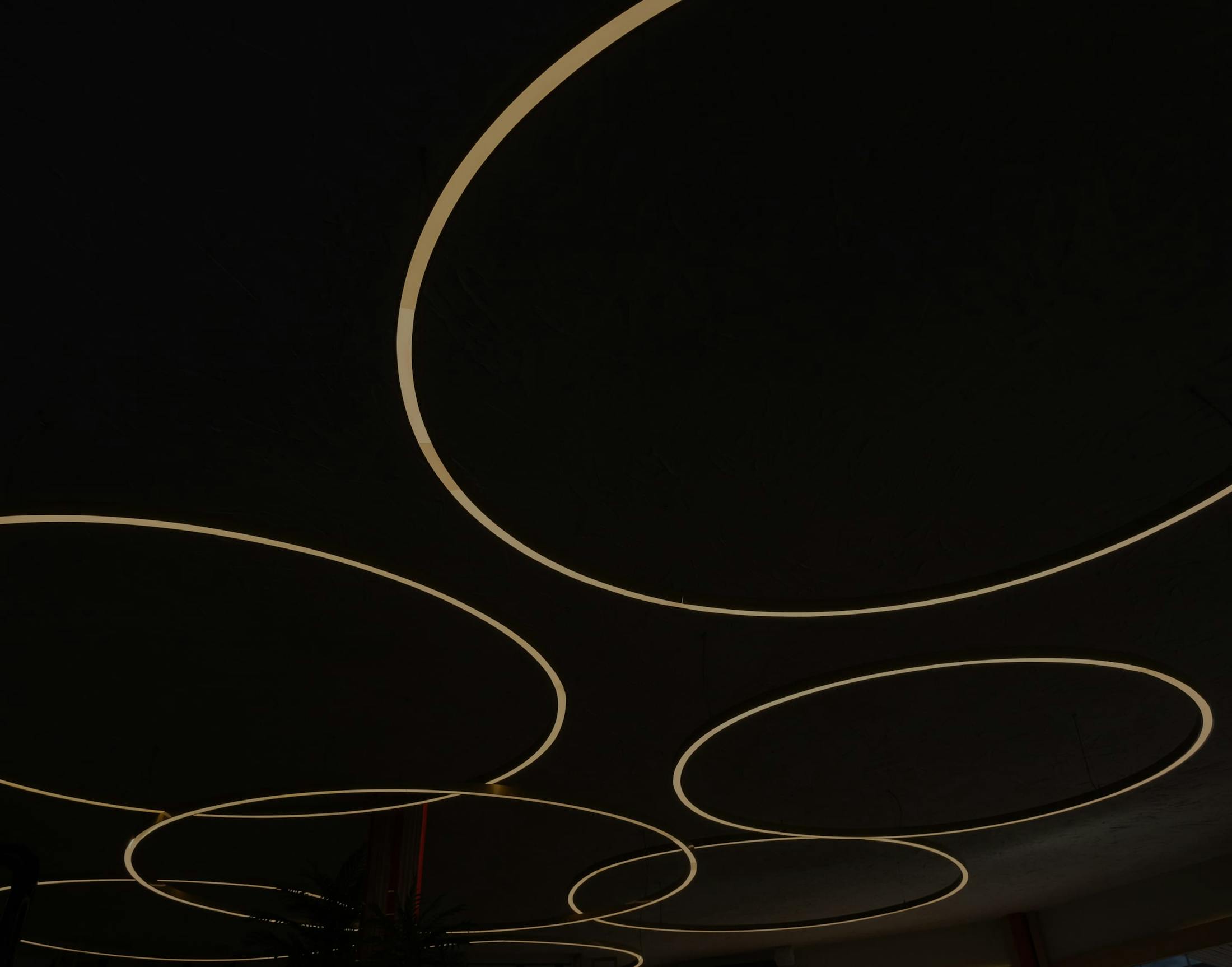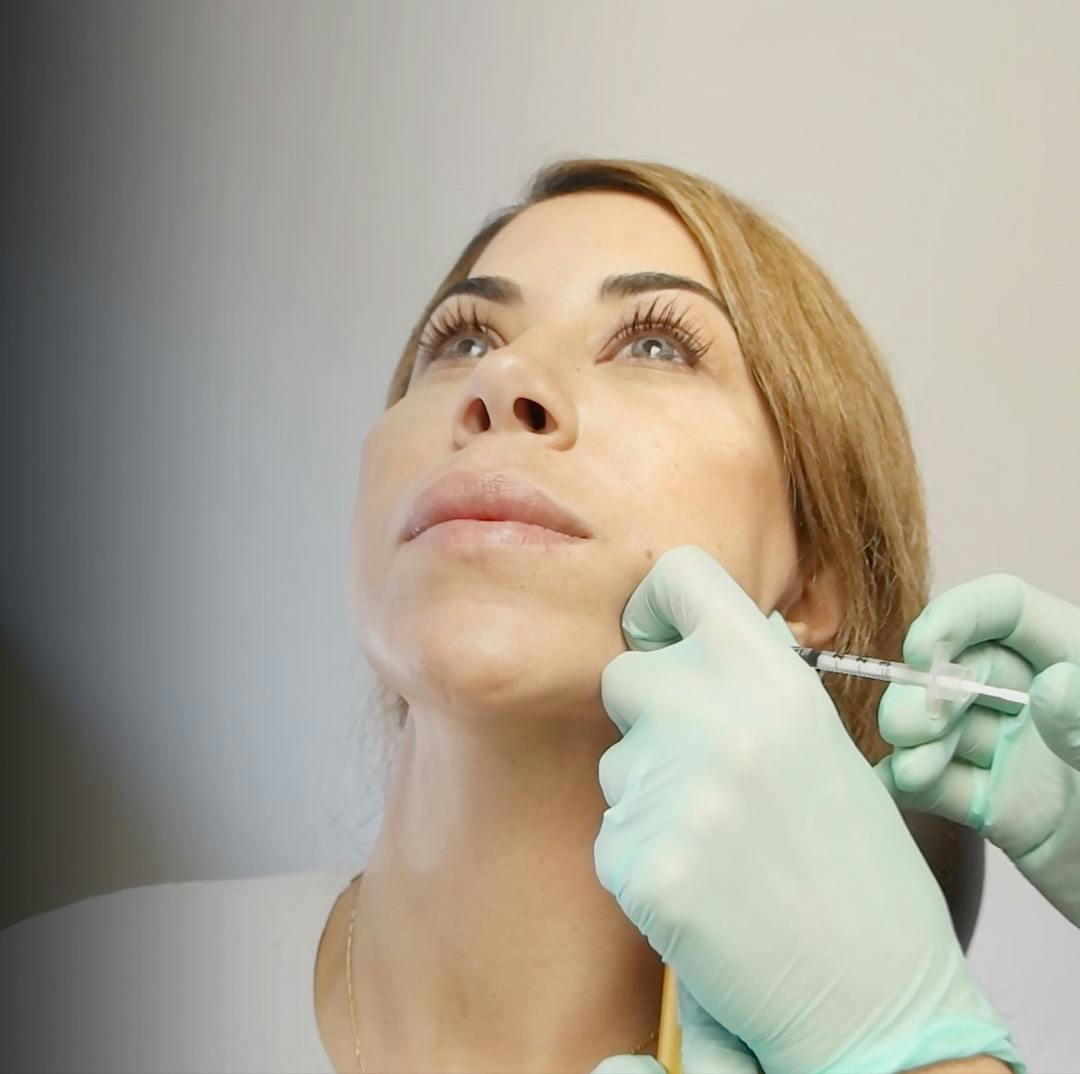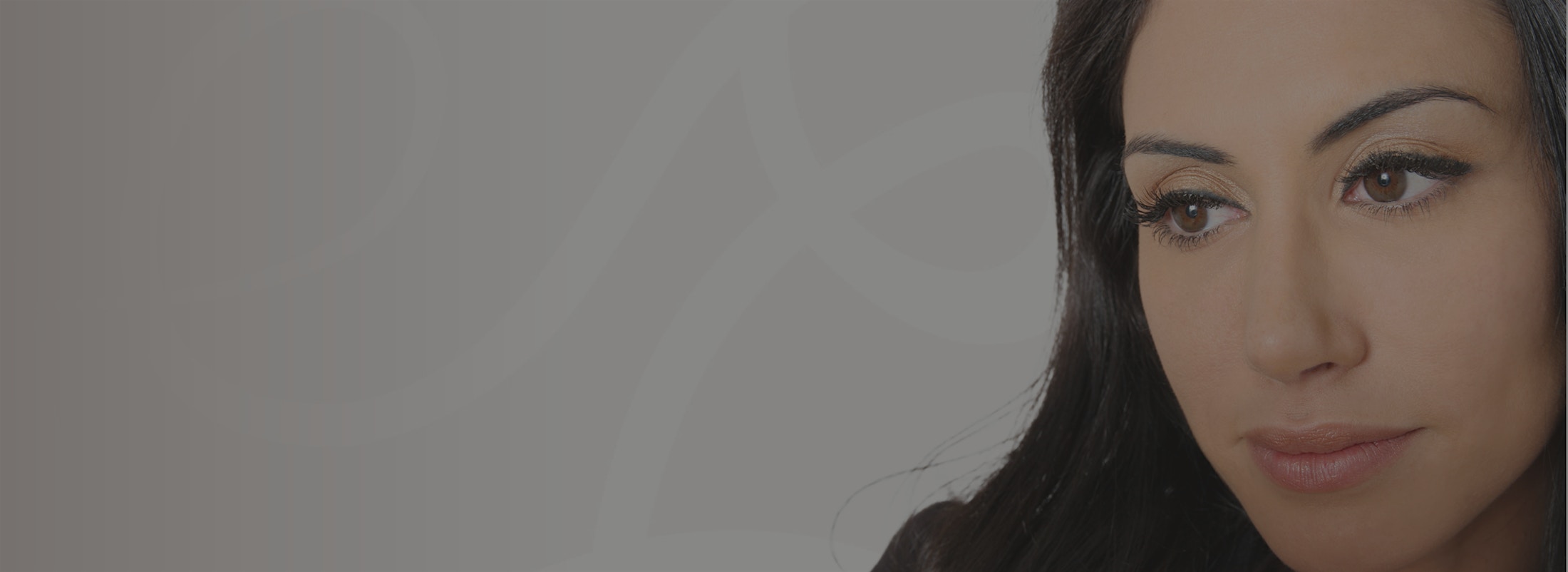How long does BOTOX last?
Botox lasts as long as the muscle takes to regenerate the nerve (presynaptic release of acetylcholine). Some muscles will regenerate the nerve faster than others. In the upper face, botulinum toxin typically lasts about 4 months. In the lower face (masseter muscle), BOTOX typically lasts 6 months. Since every patient will regenerate the nerve at their own pace BOTOX can last longer or shorter depending on each patient.
Is it painful?
Most patients experience little to no pain during the procedure. This is in part due to the gentle injection technique administered personally by Dr. Shah.
Does Dr. Shah use an assistant injector?
Dr. Shah does not believe in the use of assistant injectors or physician extenders. His opinion is that even some established physicians struggle with creating a balanced and harmonious appearance after BOTOX injections. Facial anatomy is complex and must be tailored to the patient and is best done with a skilled and knowledgeable physician.
Can anyone inject BOTOX?
Anyone can inject BOTOX, just as anyone can potentially cut with a scalpel. The problem is knowing what to do with the BOTOX. If the injector does not place BOTOX in the right location or does not use the right dilution, serious consequences can take place which include a droopy eye, facial nerve paralysis, eyebrow droop or a poor aesthetic outcome. BOTOX is not like taking a vitamin, it needs to be injected in the proper location. There is not a map of where to inject it since the facial anatomy varies significantly from person to person. It is highly recommended to go with someone who has experience with the facial anatomy and understanding of how the face should appear, both functionally and aesthetically, such as Dr. Shah.
How does Dr. Shah charge for BOTOX?
Dr. Shah’s office charges for BOTOX by the unit rather than by the area.
Can BOTOX be used for sweaty underarm areas?
Yes. BOTOX can be used here to control sweating. It works on the inhibition of acetylcholine from releasing sweat.
What are the risks of botulinum toxin?
There are several risks. Although bruising is rare, it is the most common side effect of botulinum toxin. Asymmetries can result from the use of botulinum toxin, as well. A lowered brow (brow ptosis) or lowered eyelid (eyelid ptosis) can occur but is rare with experienced hands.
When was BOTOX first developed?
BOTOX began its use originally as a treatment for strabismus (abnormal eye muscles) in 1973. Later on, it was approved by the FDA in 1989 for hemifacial spasm and blepharospasm.
The first aesthetic use of BOTOX was also in 1989 for treatment of a nerve injury after a facelift. In this case, the patient’s face was balanced to mimic the paralyzed side. Since then the use of BOTOX has ballooned and become commonplace having millions and millions of satisfied patients.
How does BOTOX work?
Botox causes paralysis in muscles by inhibiting the release of ACh (Acetylcholine) at the neuromuscular junction. Of the seven known subtypes of BOTOX, types A and B are the only ones used for commercial preparation. BOTOX A works by cleaving synap protein 25 which prevents the release of ACh and BOTOX B cleaves synaptobrevin which is essential for presynaptic vesicle fusion and ACh release.
Paralysis often occurs within a few hours after a BOTOX injection but the full clinical effect takes up to one week. The reason for this delayed effect is that there may be persistent ACh release at the neuromuscular junction. The blockade created by BOTOX is irreversible with axonal sprouting and formation of new muscular junctions responsible for the clinical effects over time.
Is BOTOX dangerous?
BOTOX is one of the safest procedures performed. There are several advantages to BOTOX therapy which include the fact that it stays where you inject it (meaning it does not course its way throughout the entire body) and it requires small amounts. The major disadvantage of BOTOX is that it requires a skilled injector to perform it.
How long does BOTOX last?
BOTOX typically lasts about 3-4 months for muscles of the face. The exception would be the masseters (typically last about 1 year). For the use of sweating, oil and other factors botox typically lasts about 6 months.
How does BOTOX compare to Dysport and Xeomin?
The strength of BOTOX varies due to the dose, injection technique, and patient factors. In an individual 3 month study looking at the clinical response for glabella, the study noted that improvement was noted to be 50% for BOTOX, 40-50% for Dysport, 25% for Xeomin (however Xeomin was looked at 2 points and others were looked at 1 point of improvement). Less than 20% of patients maintained improvement beyond 4 months. This study points out that the most improvement was seen in BOTOX with Dysport either being the same or slightly less response. It is hard to compare products head to head since dosing is not interchangeable between each of these neuromodulators.
Will increasing my dose increase the duration?
Increased doses may prolong duration and number of responders but maximal dose where additional benefits are gained has not been established.
Can I develop antibodies to BOTOX?
There are cases of partial secondary failure and complete secondary failure with BOTOX. Most are a result of cervical dystonia and this is due in part to large regular doses required. The formation of antibodies is thought to be extremely low. Theoretically Xeomin may offer less immune response due to less complexing proteins. Factors to develop antibody resistance:
- Large single doses
- Booster treatments closely following initial treatments
- The preparation used for injection
- Patient’s immune system
For patients for nonaesthetic indications- switching to Xeomin may be more effective than either BOTOX or Dysport, due to large doses and potential formation of antibodies.
Does a smaller needle deliver less pain?
Smallest needle has less pain has been found in several studies. A 33 gauge needle will have less pain than a 30 gauge and less bruising in several studies.
Do I need to wait for the alcohol to evaporate completely before injection?
Allow alcohol solution on the skin to completely evaporate to prevent denaturation of the protein.
Does BOTOX diffuse at all or stay in the same spot?
BOTOX can diffuse up to 3 cm from injection point depending on dilution.
What is the most commonly performed cosmetic procedure in the United States?
Injection of BoNT has become the most frequently performed cosmetic procedure in the United States. In 2014, more than 6.6 million cosmetic injections of botulinum toxin type A (BoNT-A) were performed, an increase of 748% since 2000.
Can BOTOX actually increase my mood and make me happy?
According to several studies, treatment of glabellar rhytides with botulinum toxin type A can improve quality of life and may reduce negative moods. This makes sense since when we see a smiling baby, we reflectively mimic the baby’s facial expression. When a patient scowls, we reflectively scowl back at the patient. By removing our natural lines suggesting discontent (such as the #11’s), less discontent may be directed back at us!!


























